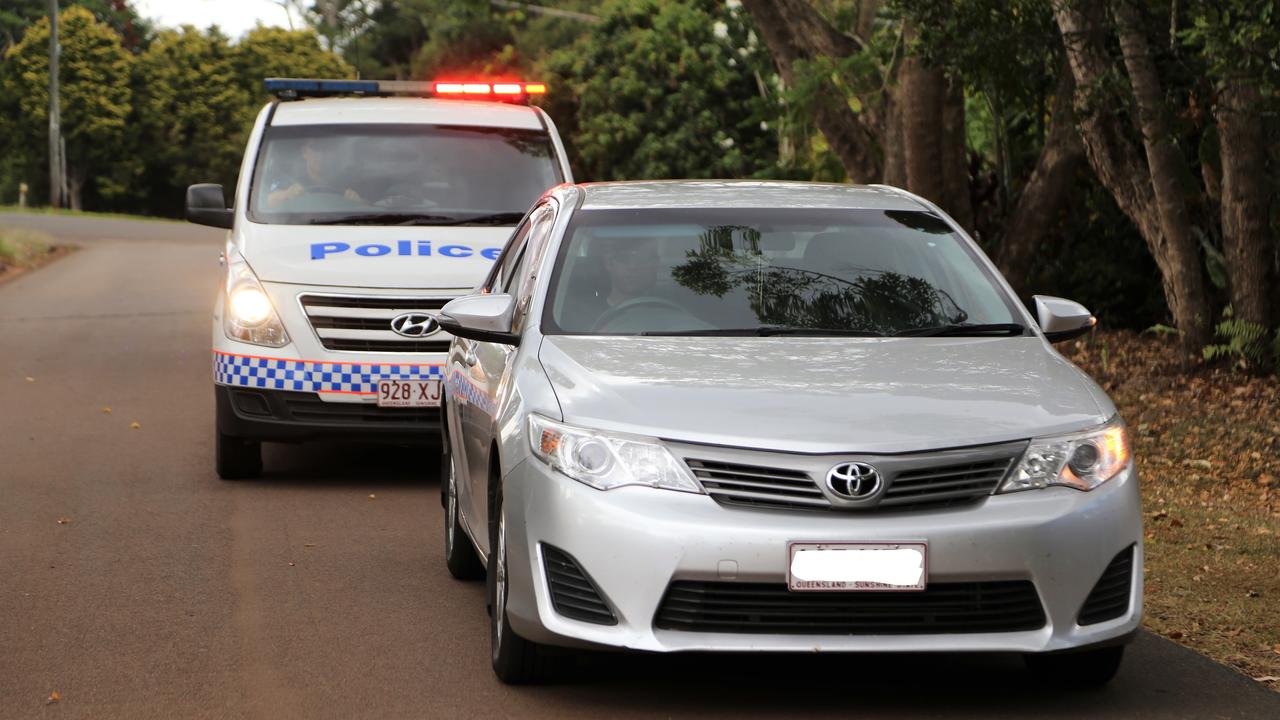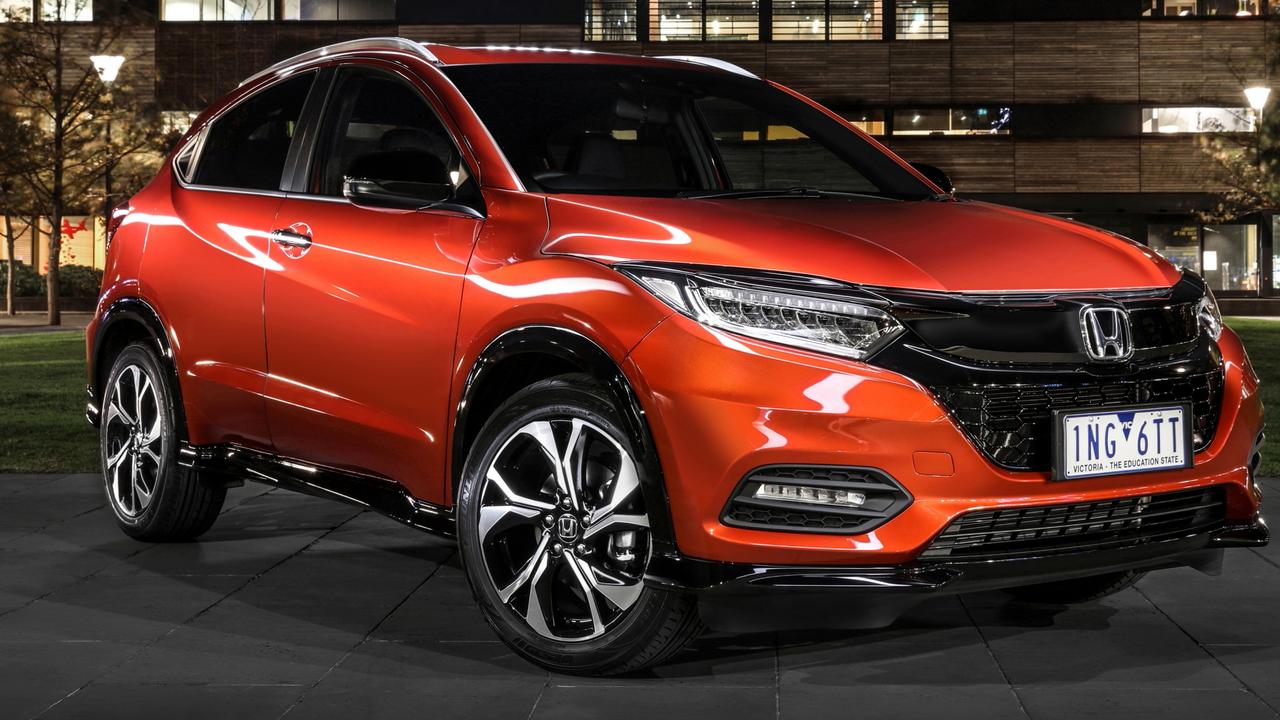The most iconic Holdens of all time revealed
The lion brand has rolled out dozens of success stories over decades of manufacturing cars in Australia, from the original to the last one to roll off the production line. Here are the highlights.
Motoring
Don't miss out on the headlines from Motoring. Followed categories will be added to My News.
As far as greatest hits go, Holden was almost as prolific as The Beatles.
The lion brand has rolled out dozens of success stories over 69 years of manufacturing cars in Australia, from the original in 1948 to the last one to roll off an Australian production line in 2017.
Here are some of the highlights.

48-215
Better known as the FX, the original Holden was based on an American design but received crucial local engineering input to ready it for our tough landscape. It was that sensible size and local know-how that made the FX such a hit from its reveal late in 1948. Like an iPhone today, the FX was the must-have consumer item of the late 1940s and early ’50s.
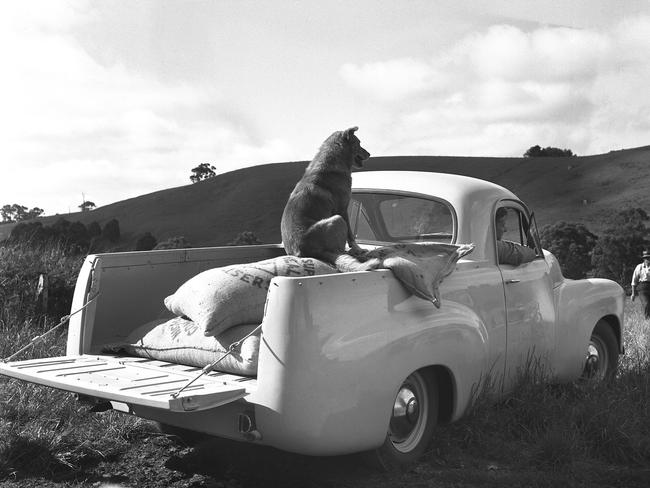
Ute
Ford in Australia invented the car-based ute in 1934, creating an instant hit. So no surprise Holden was onto a winner from the second it revealed its first ever ute in 1951. Based on the FX, it was smaller than many imported rivals and loved for its suitability and efficiency. That it worked as well in paddocks as it did in the suburbs cemented its popularity, something that lasted for more than 60 years.

FE
The first major update to the original Holden resulted in the stylish and more modern FE of 1956, which was offered as a wagon for the first time. The larger body also brought big changes beneath the skin, including six-volt electronics replaced with a 12V system. The 2.15-litre six-cylinder engine also had more power.

EH
It wasn’t a new model, but the 1963 EH update to the EJ struck a chord with buyers, leading to a sales rush. Some 156,000 were sold in 1964, about four times more than the top selling car today. Debuting the legendary “red motor”, the EH stepped up Holden’s performance attributes. So much so that it didn’t matter that the styling update was done in America.
HK Monaro
A sports car was a natural progression for Holden and the HK Monaro of 1968 fit the bill perfectly. Distilling all the Holden large car goodness into a two-door translated to iconic muscle car looks. It also debuted a V8 engine in a Holden, albeit one borrowed from Chevrolet; the Holden V8 arrived the following year.
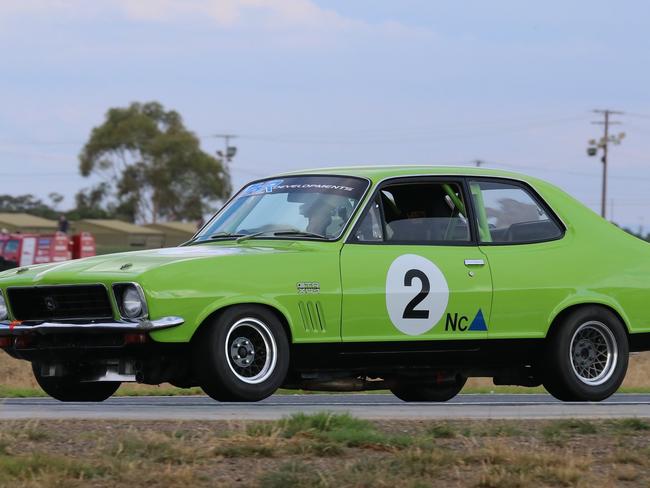
Torana
It started life as a tweaked Vauxhall Viva to give Holden a mid-sized car in a market that traditionally thought big. But increased Australian influence led to the LH Torana of 1974, a car that became a legend on Australian race tracks. Available with a V8 engine, there was also the choice of four- and six-cylinder power.
HQ
The HQ ushered in a new styling direction and built on the familiar model names that distinguished different grades. The most famous of those was Kingswood, which even inspired the name for hit Australian sitcom Kingswood Country. The HQ was a huge seller and spawned updates throughout the 1970s and led to the iconic WB ute.
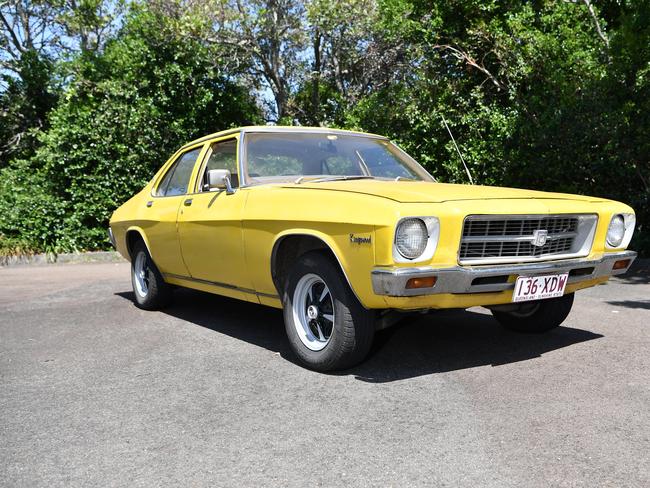
Sandman
The Sandman panel van was the car to have in the free loving 1970s. Using the ute cabin of the HQ but with a spacious van rear-end, the Sandman was a hit with surfers, adventurers and amorous young men. Holden briefly offered a modern Sandman in 2015 but it never had the following of the original.
VB Commodore
In an era of bigger-is-better Kingswoods the Commodore was a brave move into the world of fuel misers. Fresh from the oil shock of 1973 car makers were on edge wondering if they would have the liquid to run their cars. So Holden chose to create a smaller, more fuel efficient large car. It was even briefly offered with a four-cylinder engine, something that went down like light beer at the footy in the early 1980s. Little wonder its successor went back to being big.

VT Commodore
The VT of 1997 represented a huge leap in style, safety, driving manners and value, cementing Holden as the dominant car maker of the day. It was a hit with families and fleets, the two key markets for Commodore. The VT arrived at a time when Holden seemingly could do no wrong. Sales were booming and over the years the basic Commodore spawned a string of spin-offs, including a dual-cab ute and four-wheel drive wagon.
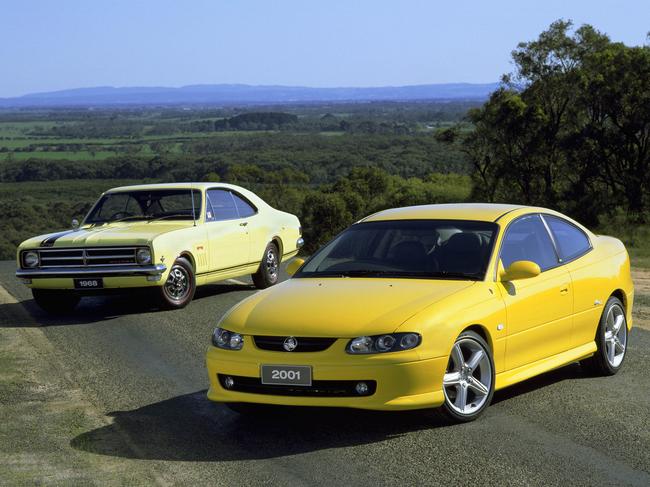
V2 Monaro
Previewed as the Commodore Coupe at the 1998 Sydney motor show, the two-door Commodore was never intended for production – and never intended to be called Monaro. But the public demanded it and Holden went back to the drawing board to get the numbers to add up, reviving the Monaro name in 2001. It was a muscle car sales hit and was even exported to the US as a Pontiac.

VE Commodore
All Holdens to date had used an overseas design as their basis. But the VE started from scratch, in part because it was designed as a global car to be sold through the GM world under different brands, including Chevrolet, Pontiac and Buick. Despite its design and engineering excellence the tide had turned on large cars and sales slowed throughout its life. It was the best, most Aussie Commodore ever, but also one of the least popular.
Originally published as The most iconic Holdens of all time revealed

